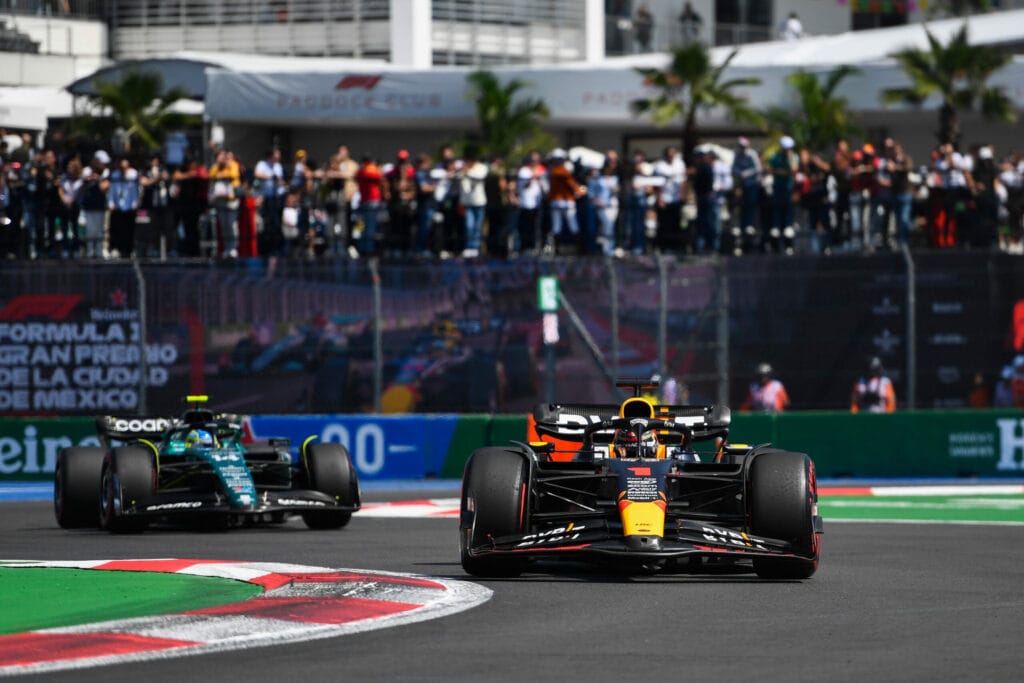Wind tunnels have been a crucial component of Formula 1 for decades, but with the latest generation of Formula 1 cars, they have become more important than ever. The success of McLaren underscores this: since the team started using their new wind tunnel, their performance has improved. This success has not gone unnoticed, and now Red Bull and Aston Martin have also decided to invest heavily in wind tunnels. It seems like an expensive gamble, but one they are willing to take to remain competitive.
Investing in Wind Tunnels
Aston Martin has seen the move to their own wind tunnel as a logical step in their strategy to further distance themselves from Mercedes. Since Lawrence Stroll took over the racing team in 2019, Aston Martin has been working hard on independence. For the first few years, they used Mercedes’ wind tunnel, but with a new and state-of-the-art facility at their new location, Aston Martin wants to stand completely on their own.
A different story is unfolding at Red Bull. Their current wind tunnel has not met the team’s high standards for some time. Despite regular updates to the tunnel, team boss Christian Horner sees a new facility as an essential step to maintain and strengthen their competitive position.
Why Invest Now?
The decision to invest such large amounts in new wind tunnels at this time raises several questions. Former F1 aerodynamicist Jean-Claude Migeot expresses his doubts: “One might question the wisdom of making this move while at the top. When you build a new tunnel, it will certainly be idle for at least three months, and for teams battling for the lead, this lost development time can be costly.” Migeot points to alternatives such as upgrading existing tunnels or hiring temporary facilities. However, he understands why Aston Martin and Max Verstappen’s team Red Bull have chosen to take this step.
Current Formula 1 cars face stability issues at high speeds, a challenge that Aston Martin and Red Bull are keen to address. Migeot explains that a new wind tunnel could potentially play a key role in this. “Many wind tunnels operate with an electrical system that struggles to simulate dynamic forces at high speeds. This works fine for static tests, but if you want to move a model at high frequency, you need a hydraulic system,” says Migeot.








